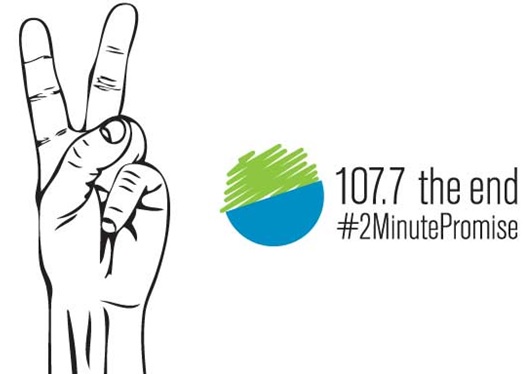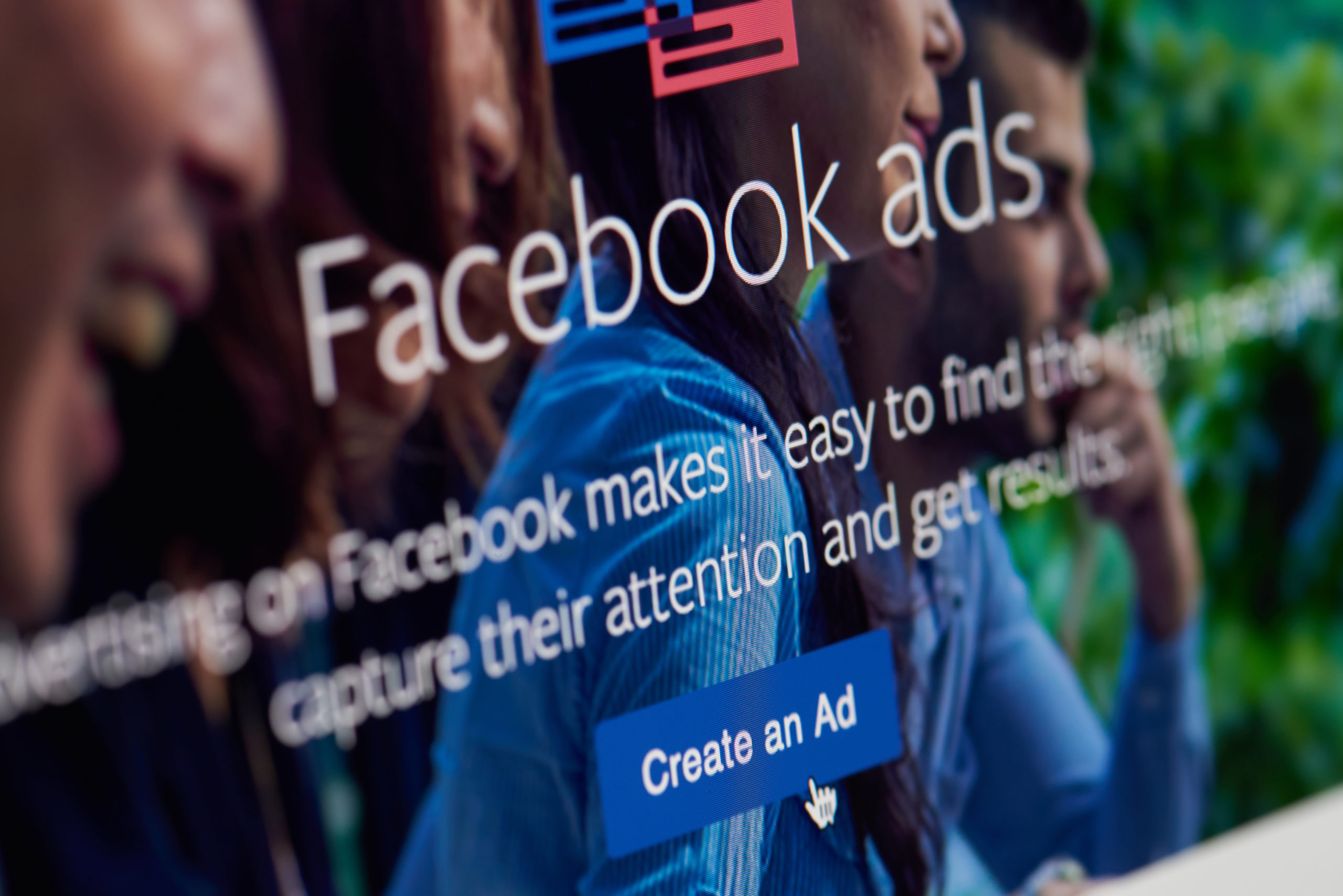
In all my years in radio, here’s something I’ve never heard a radio sales rep say to a client:
“If you run too many spots, it will hurt the effectiveness of your campaign.”
But that’s essentially what Facebook is now telling its advertisers.
Here’s some context:
Radio sales managers have raised their sales games against other radio stations in town to an art form. Every DOS knows all the tricks – when to cut rates, toss in free mentions, add a remote, or throw in other stations from the cluster to sweeten the deal.
Of course, these days, the problem revolves more around the crashing reality that radio inventories aren’t in particularly high demand. Advertisers have many options – arrows in their marketing quivers – whether it’s other local media players in town, or spending their money with the big boys – Google, Facebook, and the raft of tech solutions to reaching audiences.
So when I saw a story by Andrew Hutchinson in Social Media Today titled “Facebook Announces New Limits on How Many Ads Pages Can Run Concurrently,” it had me at the headline.
Say what you will about the effects of the pandemic on the advertising environment, it has served as an opportunity for many players to step back and reassess the landscape. Facebook is clearly going through that exact process, and the results of its research into its own technology are nothing short of stunning.
When we look back at COVID-19 and the impact it is already having on the retail, social, and marketing worlds, as well as the long-term effects, we may wish radio broadcasters here in the U.S. would have seized the moment to address their swelling inventories. Or perhaps go back to the drawing board and re-evaluate advertising philosophies, technologies, and accountability.
While a handful of stations have made the shift to catchy policies like “2 Minute Promise,” most radio companies and clusters have stood pat, or at  best, shaved a unit or two from prime time hours, hoping it would be noticeable.
best, shaved a unit or two from prime time hours, hoping it would be noticeable.
Unfortunately, whether it’s over the air, or worse – on radio streams – the impact of bloated spot loads, annoying “remnant” ads, and other “earsores” damage the broadcast radio listening experience
As we are fond of saying at Jacobs Media when it comes to streams, “Eat your own dog food.” That is, monitor your streams and listen to it yourself.
Facebook, in the meantime, is using its ad tech tools to focus on self-improvement – and their takeaways should make radio broadcasters pause and consider. Because it’s becoming even more obvious radio is bringing knives to an assault weapons fight.
The biggest social media platform on the planet will now prevent advertisers from running massive campaigns. You read that right.
According to their own research, “When an advertiser runs too many ads at once, each ad delivers less often.”
Think about that.
Facebook says its technology has “a learning phase.” That’s when their system determines how to optimize ad performance based on user response and the goals of a campaign. This focus on making sure campaigns are successful runs counter to the way it works in radio.
And Facebook is driven by results. As their policy explains, “the delivery system is exploring the best way to deliver your ad set.”
Their findings on the efficacy of their own systems reached a fascinating conclusion:
“We discovered that four in ten running ads fail to exit the ‘learning phase,’ and many of these ads come from advertisers running too many ads at the same time.”
Thus, limitations on the numbers of ads that can appear on their platform concurrently. This focus on results is in stark contrast to radio sales teams prone to take the buy, and worry about whether it actually delivers later on.
 The upshot of Facebook’s advertising policy is to reinforce that it’s all about results, R.O.I., and ad effectiveness – three key elements in retaining advertisers and winning their loyalty to the platform.
The upshot of Facebook’s advertising policy is to reinforce that it’s all about results, R.O.I., and ad effectiveness – three key elements in retaining advertisers and winning their loyalty to the platform.
But perhaps there is one drawback to Facebook’s strategy. Notably, there’s nothing about the user, the customer, the Facebook consumer and her UX – user experience. Instead, it’s all about what works for the client.
Or is it?
If a radio seller has to go back to a advertiser to explain why a campaign won’t work – because of its content, its copy, its targetability, or anything else – it is almost always explained in the context that it won’t fly with programming.
When Facebook turns down a client, the problem is that the campaign won’t deliver for the client, based on Facebook’s advertising technology – or ad tech. Maybe Facebook is looking out for its clients. But maybe the hidden part of the agenda is that the same client running too many ads at the same time isn’t so great for those of us scrolling through our feeds.
And in that respect, this story about Facebook’s evolving marketing machine is yet another reminder of how their technology is light years ahead of the tools most radio companies provide to their sales marketing teams.
The focus on results – sharing a campaign’s success with advertisers – breeds confidence their system works, and isn’t just another flimsy attempt to use the  old “spray and pray” technique for an ad campaign: run your schedule and let’s hope it reaches the right people.
old “spray and pray” technique for an ad campaign: run your schedule and let’s hope it reaches the right people.
For radio companies in 2020, their “footprint” – the numbers of stations they own in big, medium, and small markets – offers scale. But does that provide the necessary “accountability” big advertisers and increasingly, local nail salons are demanding from their ad dollars?
As radio PDs and content creators increasingly find themselves in high-pitched battles against audio streamers, podcasts, and satellite radio, there needs to be a unique, definable difference that sets their programming apart.
And so it is in the sales cubicles. What is your station’s unique marketing edge? Is it great client service, testimonials from trusted on-air influencers, live in-the-moment programming, local on-site presence, or is it something else?
Ad tech and accountability are the new marketing nuclear weapons that will force the radio industry to rethink its marketing game – or lose the fight.
Leave your knives at home.
- Can Radio Win “The Last Touch/First Touch Challenge?” - April 4, 2025
- How Will Radio Fare In The Battle For The Fourth Screen? - April 3, 2025
- Like A Pair Of Old Jeans - April 2, 2025




Leave a Reply